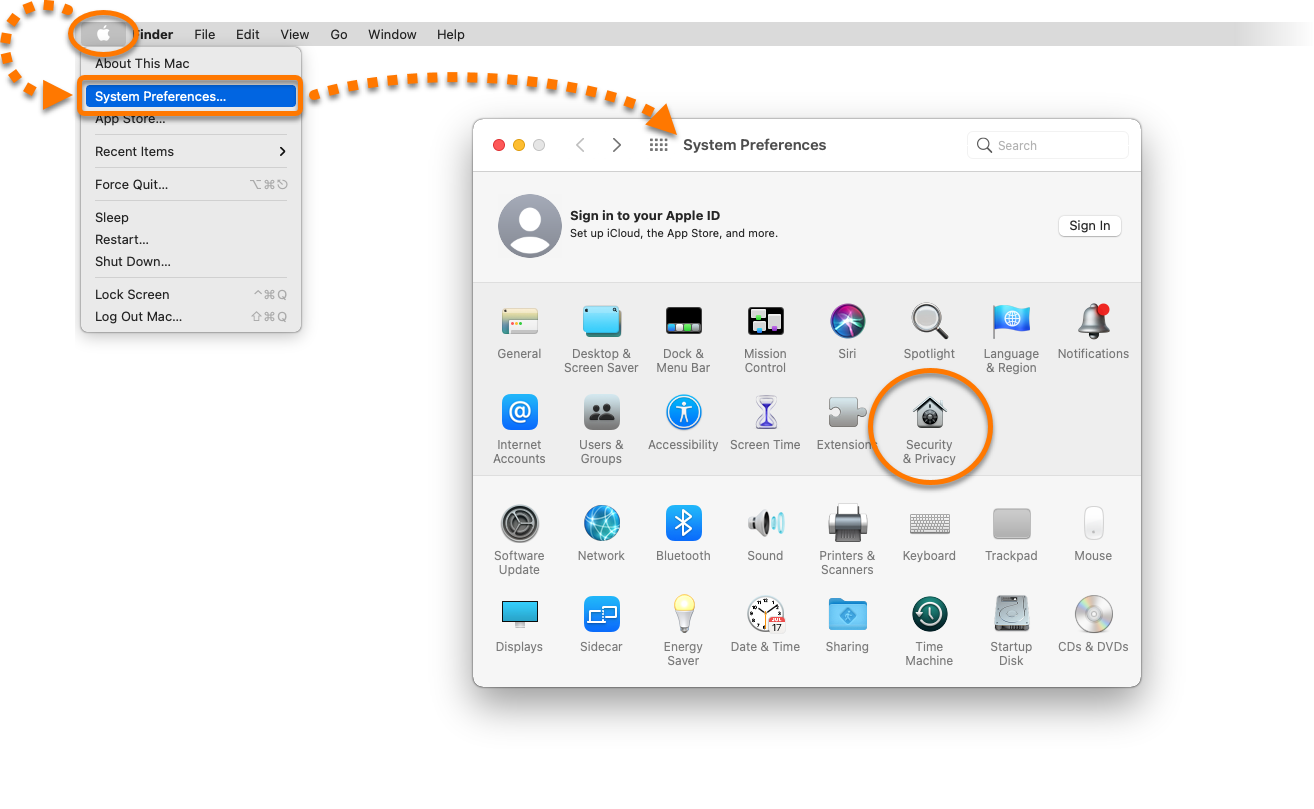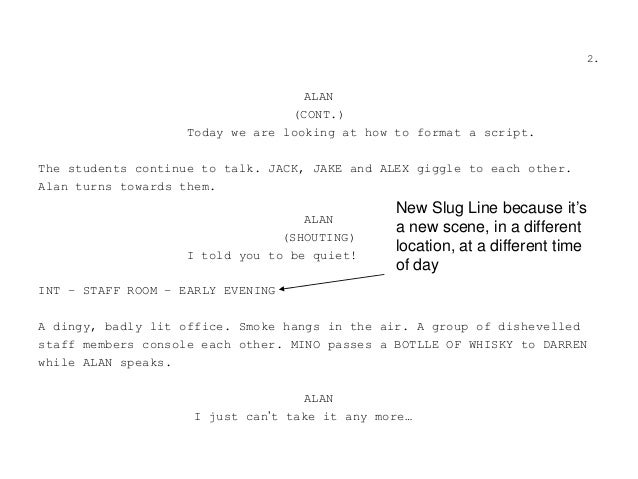

The most visceral action lines use the absolute present tense ‘Sarah runs down the street’.

The action is happening now, not in the past. Screenplays always take place in the present tense ‘Sarah is running down the street’. Your thesaurus will likely be well-used! Make it immediate You’re searching for evocative verbs.įor example, ‘walk’ is too generic so it’s time to search for the perfect synonym saunters, strides, struts, strolls, marches, bounces, tiptoes. Brevity alone is not enough if the few words you use are too bland and generic.

Some scripts suffer from being under-written, making it hard for the reader to clearly visualise the scene playing out. A good rule of thumb is no more than 4 lines in a paragraph of action lines. If you do find yourself with a lot of action lines and no dialogue to break it up, try to make the script an easier read by breaking the action up into smaller discrete chunks. In the first draft you may spend a paragraph describing your location but while rewriting you are trying to find the exact word to match the situation. Screenwriting is distilled writing using the fewest number of words to create the greatest possible impact. This is why some screenwriters use ALL CAPS to draw the reader’s attention to an action that, on screen, would have a strong impact, like the BANG of a gunshot. As long as it’s used sparingly this can be a very effective tool, particularly when writing in genres like Horror where visual/audio shocks are a significant part of the dramatic viewing experience. The aim is to give the reader the experience that the viewer will have. Many scripts suffer from having huge swathes of over-written action lines, making the reading experience frustratingly slow and laborious.Ī good rule of thumb is to aim for the reading experience to closely match the viewing experience, so the length of time it takes to read your description should match the length of time that action will last on screen.Ī novelist may spend a whole page describing a room but a screenwriter cannot take this long, unless you want the viewer to spend a whole minute looking at a static shot of your room with nothing happening at all! The second and third of these lack the action element that gives the read its pace and fluidity, so one of your jobs is to make these descriptions as active as possible.
OPEN SCRIPT WITHOUT SLUGLINE TV
For example, a romantic scene where a guy proposes to his boyfriend as the sun goes down is pretty important for that scene, so you’d be justified in putting ‘SUNSET’ in the slugline.A screenplay needs to be a compelling read before it can become a great film or tv show. Well written action lines are vital to the success of your screenplay it’s where the action takes place and it’s your chance to tell the reader everything (bar dialogue) that they will see or hear on screen.Īction lines are sometimes referred to as scene description but this is a rather unhelpful term and it tends to make us think our job is to describe a static scene or tableau.ġ) Describe the actions happening in the sceneģ) Describe characters when we first meet them Therefore, distinctions such as these should only ever be made if the specific time of day is crucial to the scene. Further still – sunrise, noon, sunset and midnight are even shorter. Having specific times detailed in the slugline particularly ones that rely on the position of the sun, make things difficult for filming (morning, afternoon and evening are a shorter period of time than ‘day’ and ‘night’.

If the character does night shifts and therefore sleeps in the afternoon (which is still ‘day’), clues in the descriptions can clarify the situation, such as the sound of kids playing outside. BEDROOM – DAY followed by a description of someone waking up will make it fairly obvious it is morning. A simple DAY and NIGHT should suffice, especially as the scene descriptions will likely contain clues as to what time of day it is.įor example, INT. This is because the decisions about ‘when’ the scene takes place and what it looks like won’t be finalised until the ‘shooting script’. It’s usually best to stick with a simple DAY or NIGHT, because distinctions such as SUNRISE, MORNING, NOON, AFTERNOON, EVENING, SUNSET and MIDNIGHT can come across as too restrictive Here are Writesofluid’s tips for good, concise sluglines… Seems simple, but sluglines are often overwritten and unnecessarily complicated. How should sluglines be formatted in a script?


 0 kommentar(er)
0 kommentar(er)
